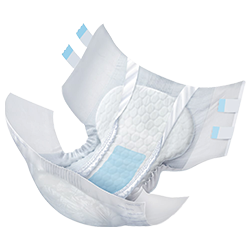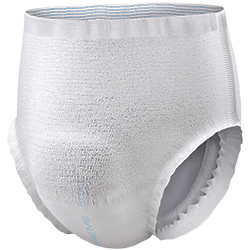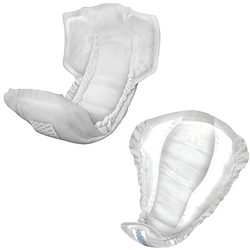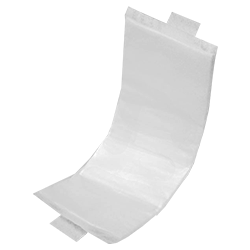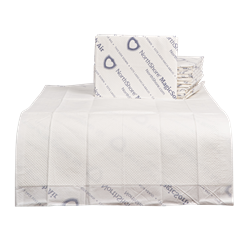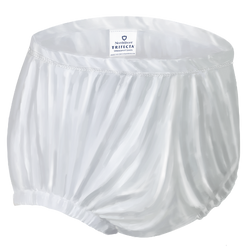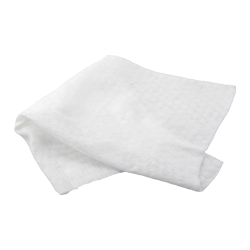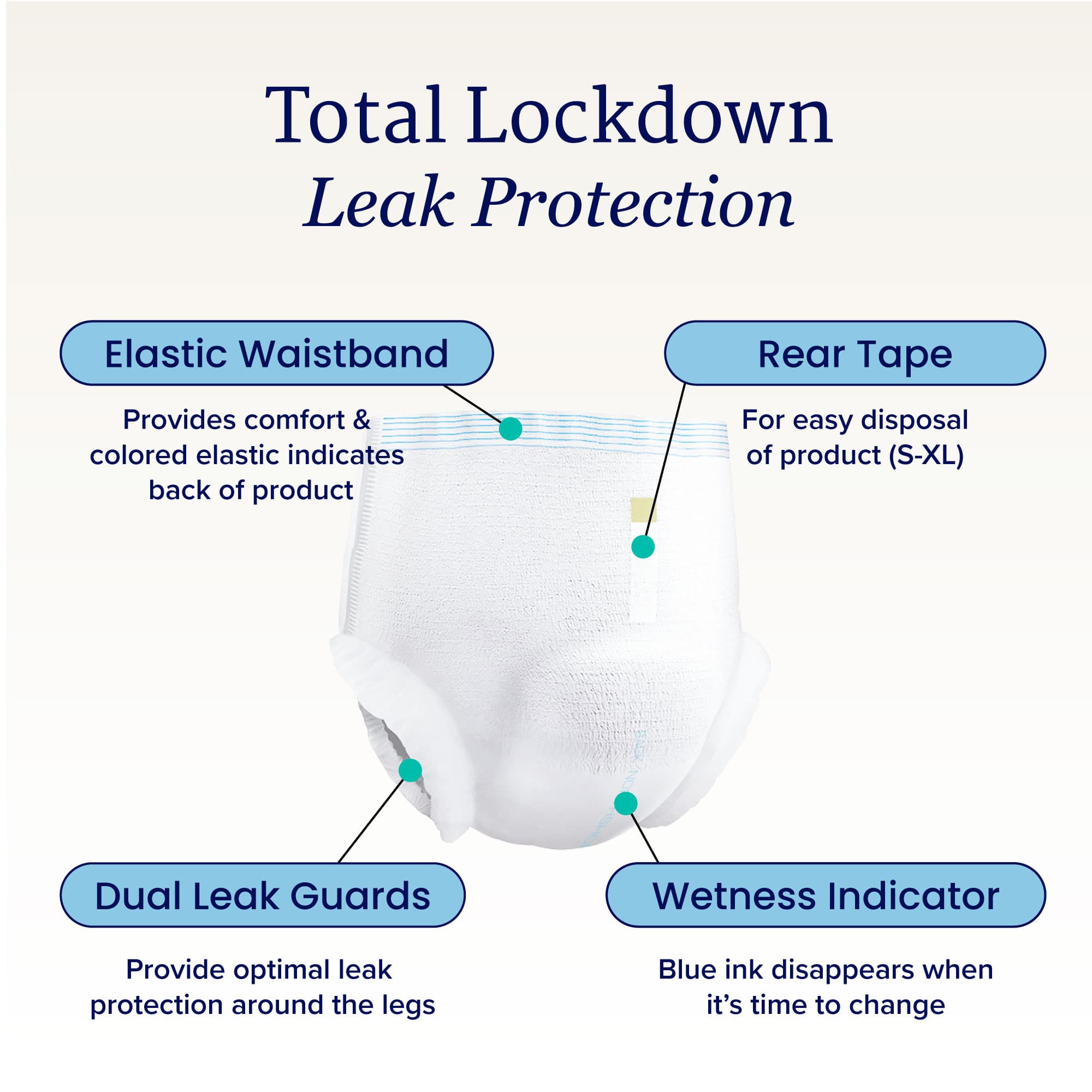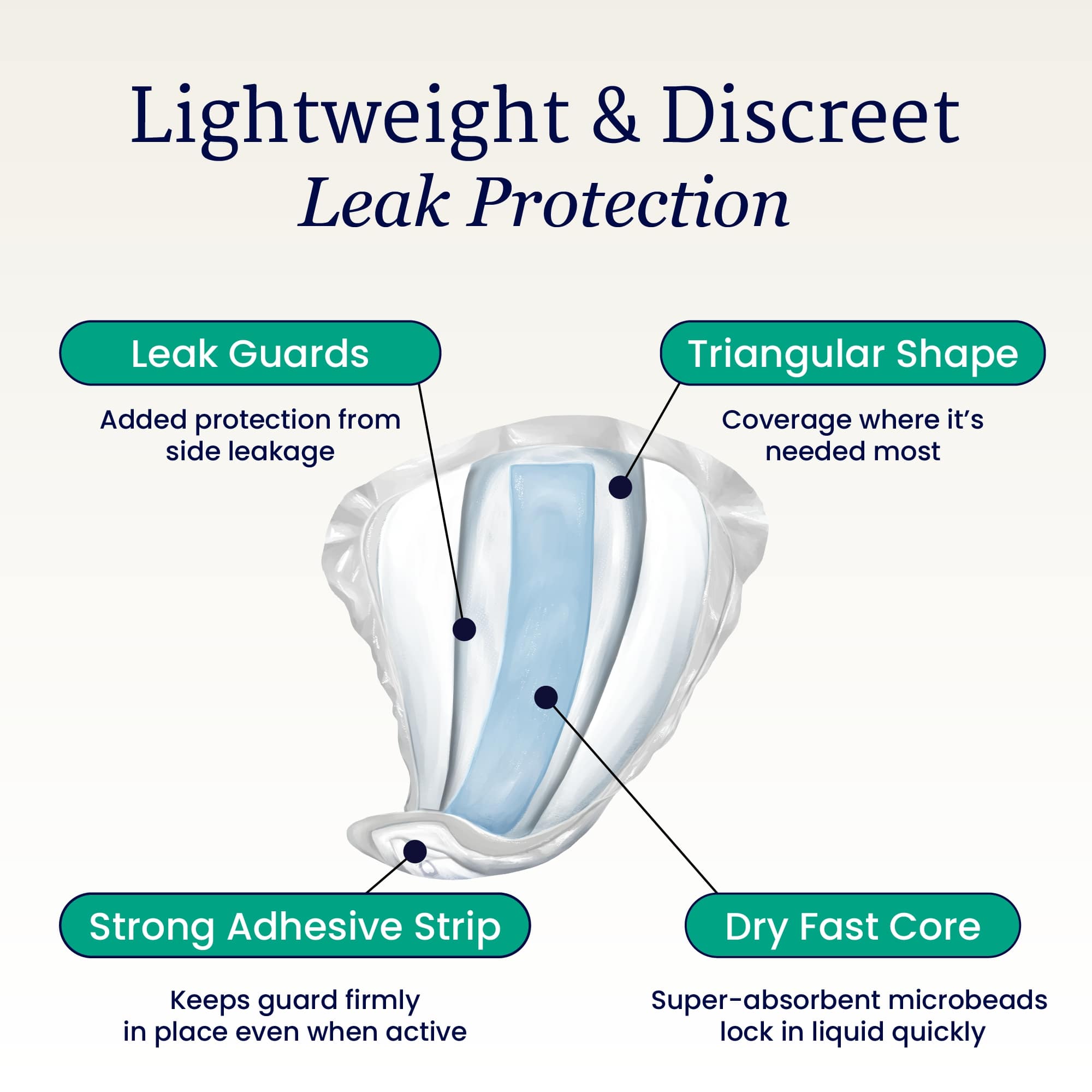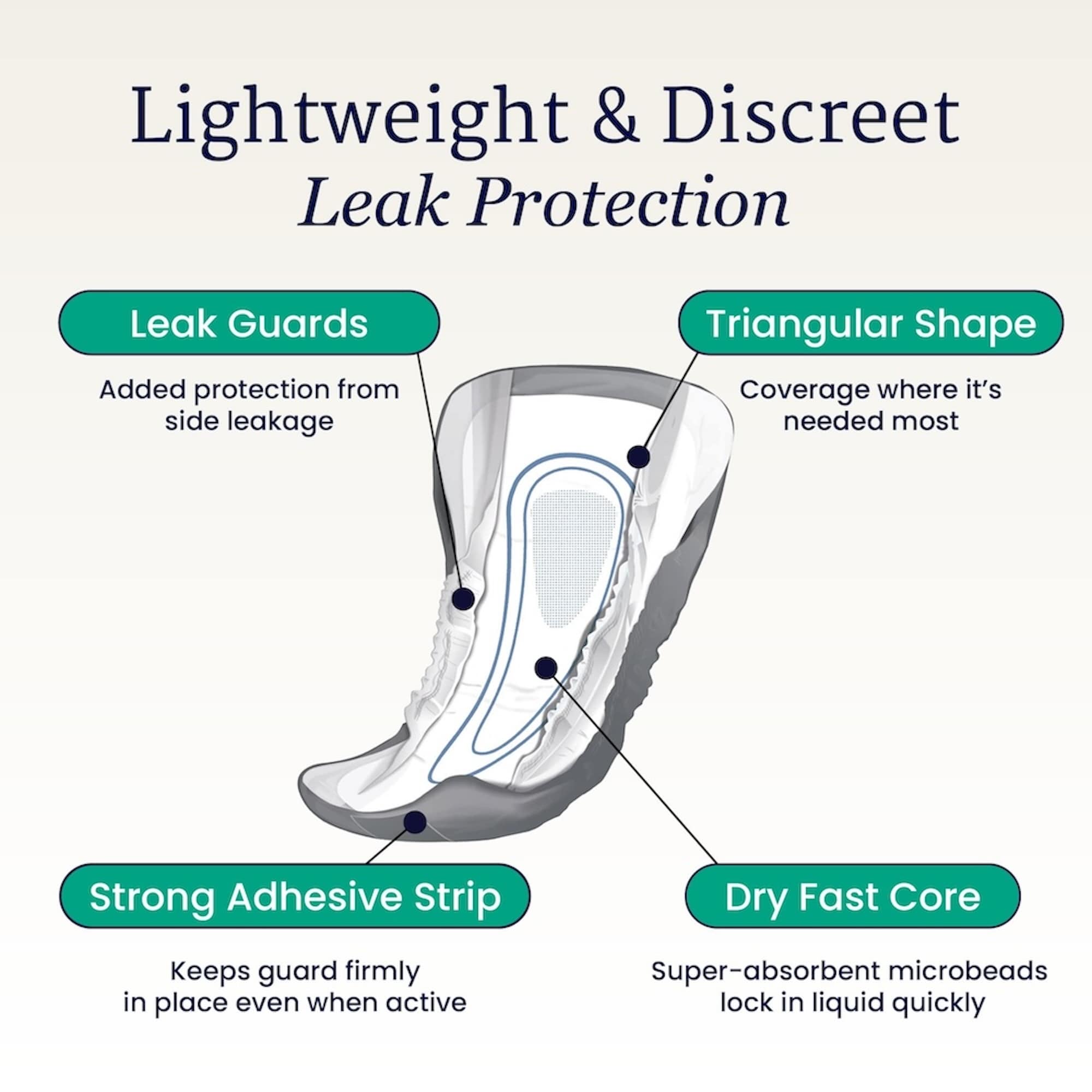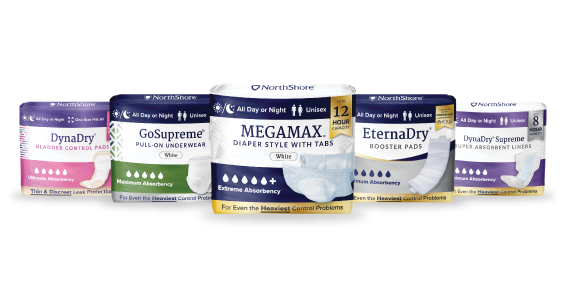Navigating Incontinence After Prostate Cancer

Every year, more men are living full lives after a prostate cancer diagnosis, thanks to advances in treatment and care. The American Cancer Society highlights a 97% 5-year relative survival rate for prostate cancer patients.[1] While these statistics are promising, surviving prostate cancer can come with challenges, including urinary dysfunction. Understanding what to expect and how to manage these symptoms can greatly improve your quality of life during recovery.
That being said, beating prostate cancer still takes a sizeable toll on the body, and survivors often experience a wide range of side effects before, during, and after treatment. One of the most common symptoms men experience after prostate cancer treatment is urinary dysfunction, including varying degrees of urinary incontinence and irritative voiding symptoms such as increased urinary frequency, urgency, and pain during urination.
However, it is important to note that while these symptoms may be considered “normal” or common, you should always speak with a doctor or other trusted healthcare professional about any urinary changes you might notice.
What Can I Expect After Prostate Cancer Treatment?
After undergoing prostate cancer treatment, whether through prostatectomy (surgical removal of the prostate) or radiation therapy (including external beam radiotherapy and brachytherapy), many men encounter urinary symptoms. For instance, up to 50% of men who had normal urinary function before surgery may experience increased urinary symptoms. However, improvements are often seen within three years, with fewer than 10% requiring absorbent products long-term. [2]
The most common type of incontinence that men will experience post-op is stress incontinence – involuntary urinary leakage that occurs due to sudden pressure on the bladder during exercise or sharp movement such as sneezing or coughing.
And for men who undergo radiation treatment, including external beam radiotherapy or brachytherapy, irritative voiding symptoms and a varying degree of urinary incontinence are commonplace in the early days. But again, most individuals see a marked improvement in their symptoms within the first year. And there are many medications available by prescription that work to improve the worst of the irritative symptoms.
How Long Will My Symptoms Last?
Most men find that urinary dysfunction related to prostate cancer treatment is not permanent. Symptoms often improve within three to twelve months, with many experiencing significant relief in the first six months. Recovery can be influenced by factors such as age, weight, and pre-existing conditions. Engaging in pelvic floor exercises, particularly Kegel exercises, can accelerate recovery by strengthening the muscles that control urination.
Various other health factors including a patient’s weight, age, and certain pre-existing conditions can affect the time it takes a person to recover. But importantly, there are also a number of steps patients can take, such as specific pelvic floor exercises, to see better and quicker improvement in their symptoms over time.
The best way to strengthen the pelvic floor, including the muscles that control your urine flow that may have been weakened during cancer treatment, are exercises known as Kegel exercises. Kegel exercises help recover control of the urethral sphincter, increasing an individual’s urinary control and reducing occasional dribbling and other stress incontinence symptoms.
A doctor or trained physical therapist is often an essential resource when first learning how to properly perform Kegel exercises, but there is additional educational information available online that is a helpful place to get started.
How to Manage Incontinence During Recovery
While strengthening the pelvic floor can help, prostate cancer survivors often still experience moderate incontinence during the early weeks and months of recovery. It is crucial to give your body the grace and time it needs to heal during this period. Despite how eager you might feel to speed up the process, patience is key.
In the interim, absorbency products are an essential tool to help you stay dry and comfortable throughout the day. NorthShore recently partnered with a urologic surgeon to design a special “Step-Down” program to match each phase of the recovery process with the best fitting product.
Step #1: Early Recovery Days – GoSupreme Pull-On Underwear
In most cases, this is the first product you will use after the removal of your catheter. It is common for the level of incontinence to be higher at this stage of recovery and slowly improve as your body regains control. GoSupreme Pull-On Underwear offers a comfortable and highly absorbent solution so that you can stay dry all day long, allowing your entire bladder to completely empty into the product if necessary.
Step #2: Regaining Control – DoubleStop XL Male Guards
This XL male guard pad is designed with an adhesive so that it can be applied securely to your regular washable underwear. The XL version still offers a relatively high degree of absorbency, allowing you to transition comfortably from the GoSupreme Pull-Ons as your body begins to heal and you regain some control of your urine flow. Snug, form-fitting briefs are recommended over looser “boxer-style” underwear.
Step #3: Final Phases of Recovery – DoubleStop L Male Guards
This large version of the DoubleStop Male Guard offers a slightly smaller and less absorbent style. Also designed to be worn in your standard washable underwear, this will be the most comfortable level of absorbency support for the last months of your recovery journey. Again, briefs should be worn instead of boxers.
Celebrating Your Recovery Journey:
Surviving prostate cancer and navigating recovery is a major accomplishment. While managing incontinence can be challenging, focusing on your progress and celebrating each milestone is crucial. Adjusting to your new normal may take time, but support from healthcare providers, support groups, and loved ones can make a significant difference. Remember, the resilience and strength required to overcome cancer treatment deserve recognition and praise.
Important Considerations and Professional Advice:
Always consult with your healthcare provider for personalized advice and treatment options. Your recovery is unique, and professional support can help address specific concerns and improve your quality of life.
---
This article is not intended to replace professional medical advice, diagnosis. or treatment. Always speak to your doctor or other qualified healthcare provider with any questions or for advice regarding a medical condition.
References: [1] American Cancer Society: Prostate Cancer Survival Rates [2] Johns Hopkins Medicine: Urinary Dysfunction After Prostate Cancer Treatment
Additional Learning: For further information, listen to the NAFC.org podcast "Understanding & Overcoming Prostate Cancer" featuring Dr. Gregory Amend, a reconstructive urologist, who discusses prostate health, treatment options, and recovery insights.
"Step-Down” Phase Product Recommendations
Starting at $9.50
FSA/HSA Eligible
Starting at $4.25
FSA/HSA Eligible
